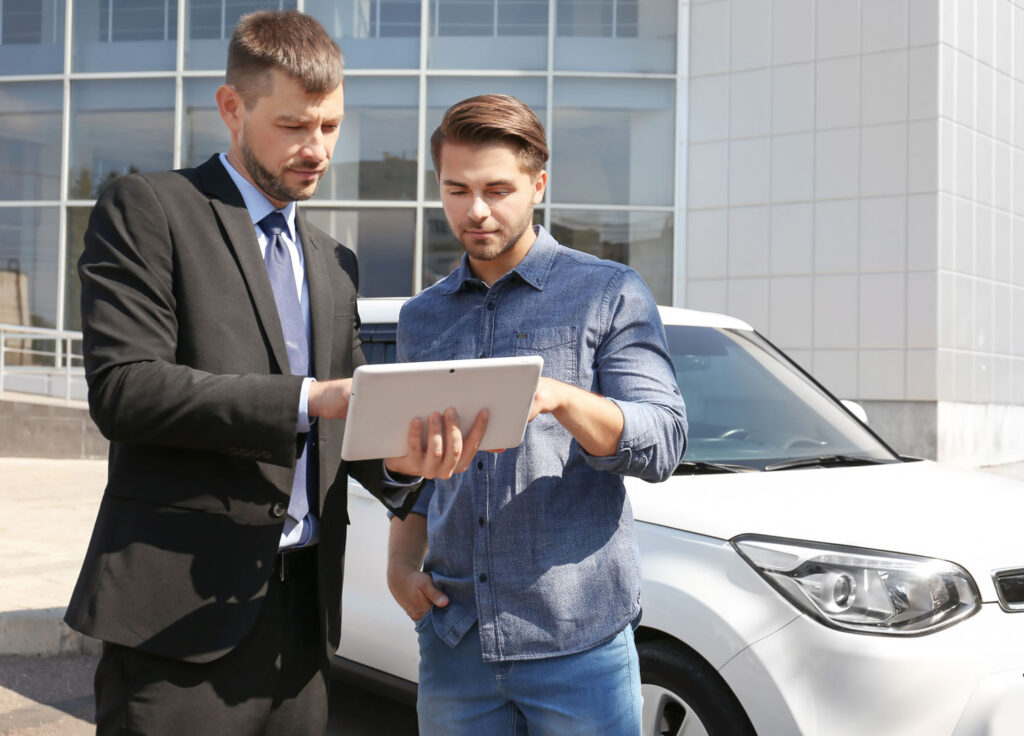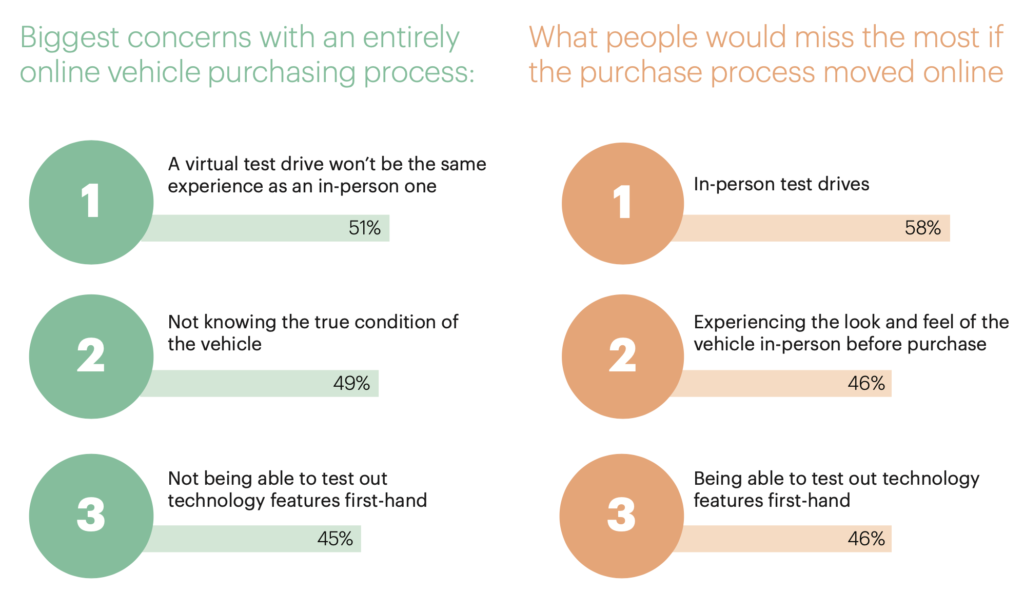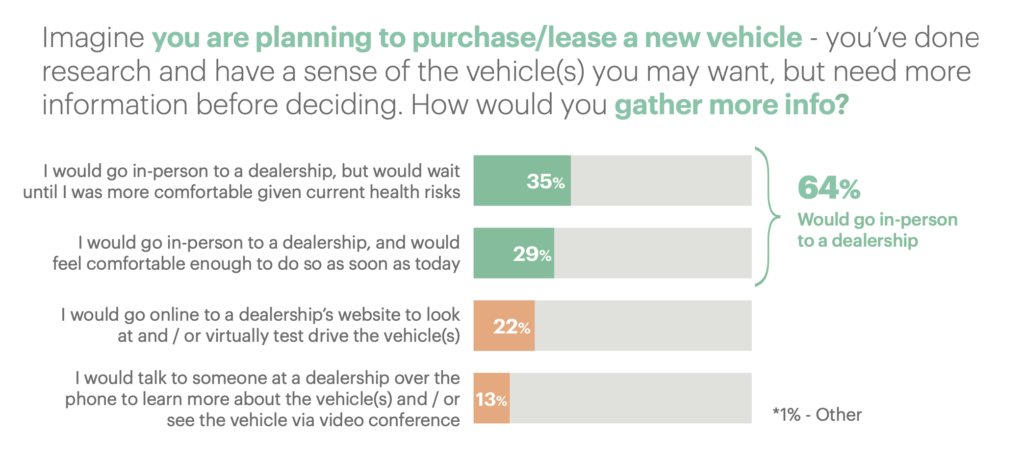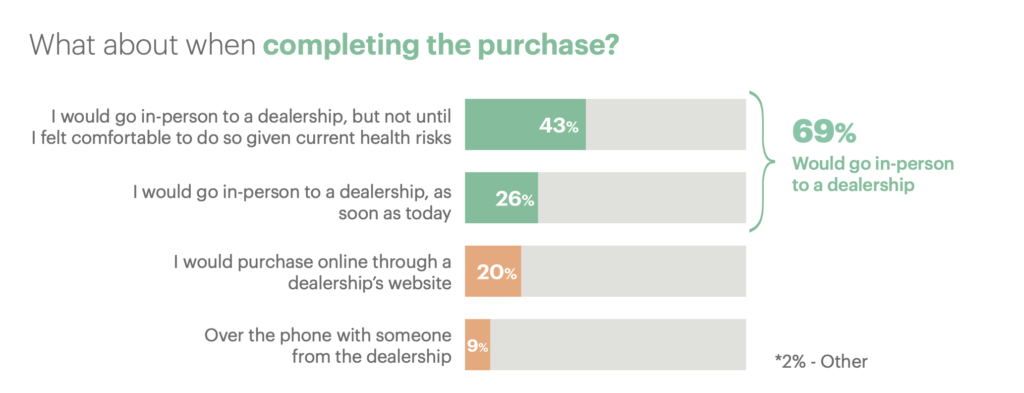Over the curb: Could data mining be digital retailing’s launchpad?
A new study reveals a potential starting point for dealers who are just now dipping their toes in the digital waters.
By Gregory Arroyo
I recall a conversation I had with an industry attorney during the early days of digital retailing. Technology vendors believed the Digital Age had arrived, while dealers were saying, “Not so fast.” My question to my attorney friend was, “What’s the holdup?”
He said the problem is dealers aren’t treating digital retailing as an experience — that customers should be rewarded for taking that path to purchase. He suggested that dealerships with separate facilities for fleet sales should consider directing digital buyers there vs. the showroom.

He then relayed his recent experience purchasing his second vehicle from the same dealership. He called the store, explained that he was a willing buyer who simply wanted to update to a newer model, and negotiated the deal over the phone. Expecting the red-carpet treatment for essentially being a rollover, he felt disappointed when he discovered he’d have to wait like the other customers in front of him.
That conversation came to mind when I came across Urban Science’s “Around the Bend: How COVID-19 Impacts the Next Normal for Dealers,” a report based on an online poll of 1,506 adult consumers. It serves as an update to the firm’s August 2019 report, which served as a reality check for digital retailing.
The 2019 study, which included responses from 2,001 consumers, concluded that car buyers weren’t ready to ditch the dealership experience because they still want to kick the tires and take a test-drive. Respondents also said they still needed someone at the dealership to guide them through the process.
I wrote about why I think that represents an opportunity for digital retailing in an April 2020 blog entry, “Digital Retailing’s True Test.” However, I’d like to share an even greater opportunity revealed in this year’s updated study.

See, while the report did show that a majority of consumers still believe buying a car is too big of an investment not to see (81%) or test-drive (79%), it did show that 67% would be more open to buying online if it was a brand or dealership with which they were already familiar.
Again, my convo with my attorney friend came to mind, but so did a discussion I had with a DealerSocket Strategic Growth Manager. He said the main reason some dealers fail to realize the full potential of data mining is because they don’t have a dedicated process. Well, based on that stat from Urban Science, maybe digital retailing represents a missing link.
Take those data-mining campaigns targeting customers approaching the end of their lease or who qualify for smart payment offers. The emails could contain links to a landing page that explains your offer and a link to a streamlined buying process powered by your digital retail tool.
Back in April, another DealerSocket Strategic Growth Manager told me about a Pennsylvania-based dealer group that was rewarded for having a service-drive sales process when the pandemic forced local officials to limit dealers there to appointment-only sales that concluded with service-drive deliveries.

Before the pandemic, the process delivered 100 units a month behind two dedicated salespeople, a sales manager, and an F&I manager, who actually has a dedicated desk (with enough privacy) in the service area. The reason for that is the group wanted that buying experience to feel different and free of pressure.
The group equips the sales team with its inventory management tool’s mobile app (Inventory+) to feed appraisers with scanned VINs and photos of every car that comes into service. The appraisers then prepare a package that includes a vehicle history report, documentation on the vehicle’s going price in the local market, its fair Kelley Blue Book value, a check voucher for an amount over that value, and the salesperson’s business card.
Signage in the service drive lets customers know they can get a free vehicle evaluation by texting a specific number or talking to their service advisor. All customers get an appraisal, but the hand-raisers represent high-value targets the sales team engages.
However, even customers who don’t bite get the appraisal package. They also get enrolled into a CRM-powered campaign that includes email and a phone call — the latter scheduled for the day after the customer’s service visit to ensure satisfaction and to revisit the offer sheet.
I can see three potential opportunities in that process for digital retailing to have an impact. Maybe it’s a kiosk in the service area loaded with a digital retail tool like DealerSocket’s PrecisePrice; perhaps it’s tablets. Whatever the case, digital retail should be a part of those follow-up efforts, whether it’s a link in an email or guiding customers through the process over the phone and emailing a link to their PrecisePrice deal.

And just maybe that buyer’s journey you create in the service drive serves as the entrance for sales opportunities your data-mining efforts generate.
While 93% of respondents to the Urban Science study expressed some concern with an entirely online purchase process, more than two-thirds said they were comfortable shopping online, signing paperwork digitally, and negotiating price and terms via email, chat, or phone.

Recently, the individual leading the digital drive for one of the largest privately-owned dealer groups in the United States addressed DealerSocket employees over a Zoom call. He talked about COVID-19’s impact, inventory shortages, the group’s efforts to build that clicks-to-bricks experience, and how consumers still need to be educated on what digital retailing is. What caught my attention was his response to whether he believed consumers still want the showroom experience.
“Absolutely … Only a small group of individuals want the Carvana model, and we’re going to be there,” he said. “But most customers want to step foot in a brick-and-mortar shop. If they want to get their payment, we’ll do that and meet them in the showroom.
“So, we believe a critical point in that process is that showroom experience,” he added. “You shouldn’t lose a customer who completed things online because you told them it would take 45 minutes, but it takes us three hours.”